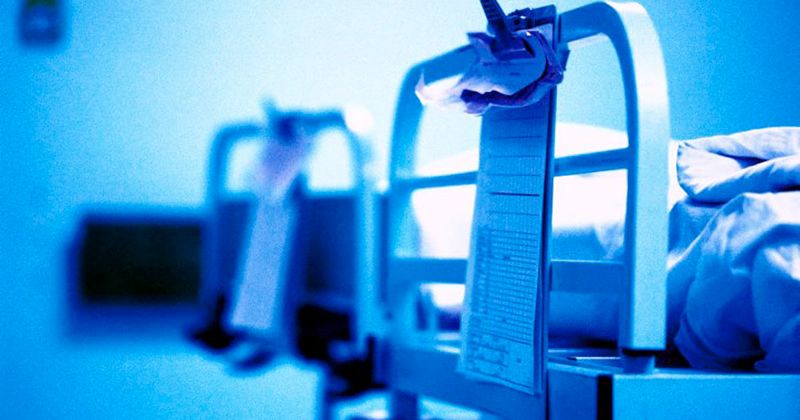Sepsis surpasses pneumonia as most common hospitalized infection in SLE
Sepsis has surpassed pneumonia as the most common hospitalized infection in systemic lupus erythematosus, with a rate that has increased more than six-fold from 1998-2000 to 2015-2016, according to data published in Arthritis & Rheumatology.
“Lupus disease activity and the use of immunosuppressives and glucocorticoids for treatment can increase the infection risk, while hydroxychloroquine use lowers the infection risk in lupus,” Jasvinder A. Singh, MBBS, MPH, and John D. Cleveland, MS, both of the University of Alabama at Birmingham, wrote. “Belimumab, a biologic, was approved for the treatment of lupus in 2011 in the U.S., which is associated with serious infections as a potential adverse event. The most common infection in lupus is pneumonia accounting for 25% to 50%, followed by sepsis, skin infection and pyelonephritis.”

“To our knowledge, nationally, representative epidemiological studies of hospitalized infections in lupus that examine associated healthcare utilization outcomes are needed,” they added. “Since many hospitalized infections are avoidable, contemporary data on hospitalized infections in lupus are needed, since they can inform health care delivery and policy.”
To examine time trends for hospitalized infection related to SLE, as well as the factors linked to health care use and in-hospital mortality, Singh and Cleveland analyzed data from the U.S. National Inpatient Sample. Focusing on the period from 1998 to 2016, the researchers reviewed the epidemiology, time trends and outcomes of five common hospitalized infections among people with SLE — pneumonia, sepsis/bacteremia, urinary tract infection, skin and soft tissue infections and opportunistic infections.

In all, Singh and Cleveland identified 49,637,826 hospitalized infections in people without lupus, and 328,744 among those with lupus. The researchers used the Cochran Armitage test to compare time trends, and multivariable-adjusted logistic regression models to examine the factors associated with health care use — including hospital stays of more than 3 days, hospital charges above median, or discharge to non‐home setting — and in‐hospital mortality.
According to the researchers, hospitalization rates, per 100,000 claims, for 1998 to 2000 compared with 2015 to 2016 were 1.13 versus 1.61 for opportunistic infections, 4.78 versus 12.2 for skin and soft tissue infections, 1.94 versus 6.12 for urinary tract infections, 15.09 vs. 17.05 for pneumonia, and 6.31 vs. 39.64 — a 6.3-fold increase — for sepsis. Pneumonia remained the most common hospitalized infection in SLE until 2011-2012, when it was overtaken by sepsis.
In the multivariable‐adjusted models, sepsis diagnosis, older age, a Deyo‐Charlson score of at least 2, Medicare or Medicaid insurance and urban hospital location were significantly associated with an increased likelihood of in‐hospital mortality and all health care use outcomes. In addition, Black patients were significantly associated with an increased likelihood of health care use.
“We found an increasing rate of hospitalized infections in people with lupus, outpacing the rate increase in the general U.S. population,” Singh and Cleveland wrote. “We also found that sepsis surpassed pneumonia as the most common hospitalized infection in 2011-12 in people with lupus. By 2015 to 2016, sepsis accounted for twice as many hospitalized infections as pneumonia in people with lupus.”
“In adjusted analyses, sepsis was associated with highest healthcare utilization, worse outcomes and highest in-hospital mortality rates,” they added. “We identified novel factors associated with higher healthcare utilization and mortality for serious infection hospitalizations. Findings from our study can be used to design hospital and systems level interventions to improve outcomes in people with lupus being admitted with infections and reduce associated highest healthcare utilization and mortality.”

